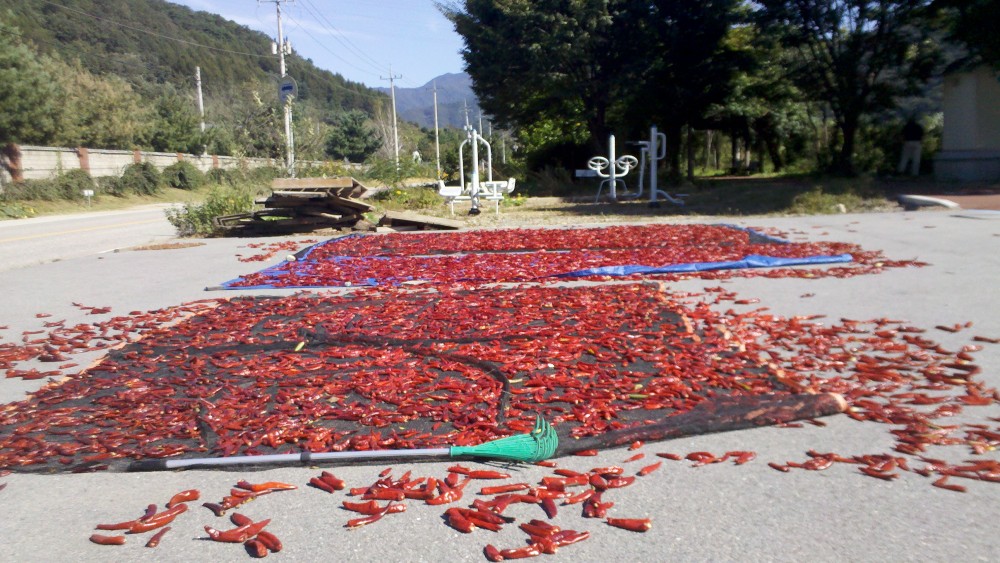Dear Friends,
Please accept Z Geography’s most humble apologies for the attitudes of his fellow Anglophones, specifically those that delight in uploading photos of bathrooms, doors, and non-potable water.
Sadly, the first inclination among many of us, being Anglophones, is to immediately point out our infrastructural superiority when we travel to a new and exciting place, especially when that place is associated with a quadrennial and exciting event. I apologize for this.
What makes these attitudes particularly frustrating is the complete lack of empathy.
The World Health Organization, one of several UN organizations tracking the seventh Millennium Development Goal (halving the number of people without access to improved drinking water sources), reported in 2013 (using 2011 data) that 768 million people don’t have access to improved drinking water. And that’s just “improved” drinking water. As our vociferous news correspondents in Sochi will tell you, having an improved drinking water source isn’t necessarily a potable water source. Right now there are more people in the world who don’t have access to clean water than there are people in the United States. One proxy for unclean water is unimproved sanitation (also tracked by the Millennium Development Goals), the same WHO report noted that (in 2011) over 2.5 billion people lacked access to an improved sanitation facility. Of that number, 761 million relied on a public sanitation facility, 693 million use an unimproved sanitation facility (i.e. unclean), and the remaining billion defecated in the open.
This lack of empathy is hardly forgiveable though, considering that we (in the U.S.) are still dealing with our own non-potable water problems.
There isn’t any excuse for the non-thinking masses in Sochi and on Twitter who have, evidently, forgotten all about the 300,000 West Virginians who lost access to clean drinking water when an industrial chemical spilled into their water source. As the New Yorker found, they were told “not to drink the water, cook with it, wash in it, or even use it do laundry.” And the MCMH chemical is LETHAL to humans, or at least – we think so:
“Pretty much all that anyone knows about the health effects of this chemical is what size dose is fatal for rats, and that number comes from a single, non-peer-reviewed study. A crude extrapolation of this number puts the fatal dose for a large adult at a little more than two ounces.” (from the New Yorker)
And then just yesterday (that is 11 February), and again in West Virginia in the same “general area” as last month’s chemical spill, a coal company accidentally released “coal slurry” into a tributary of the Kanawha River. Again, MCMH is one component of the chemical in the slurry. However, as the LA Times reports, state officials say public water intakes were not affected. Last week, the director of Kanawha-Charleston Health Department noted that residents were confused when the state initially indicated the water was safe (following last month’s spill), and then issued safety warnings for pregnant women and re-starting water bottle deliveries.
The director’s family isn’t using tap water, which bears some olfactory signs of containing MCMH (smelling of licorice), and local doctors are advising residents to not drink tap water.
Thus, my friends, kindly disregard the Twits and the “educated” journalists currently infesting your country and remember that there are Anglophones out there who hope that President Putin makes a concerted effort to improve access to clean drinking water for all Russians, regardless of ethnicity, language, or religion.
I wonder if any of the journalists in Sochi are from West Virginia?
Sincerely yours,
Z.
